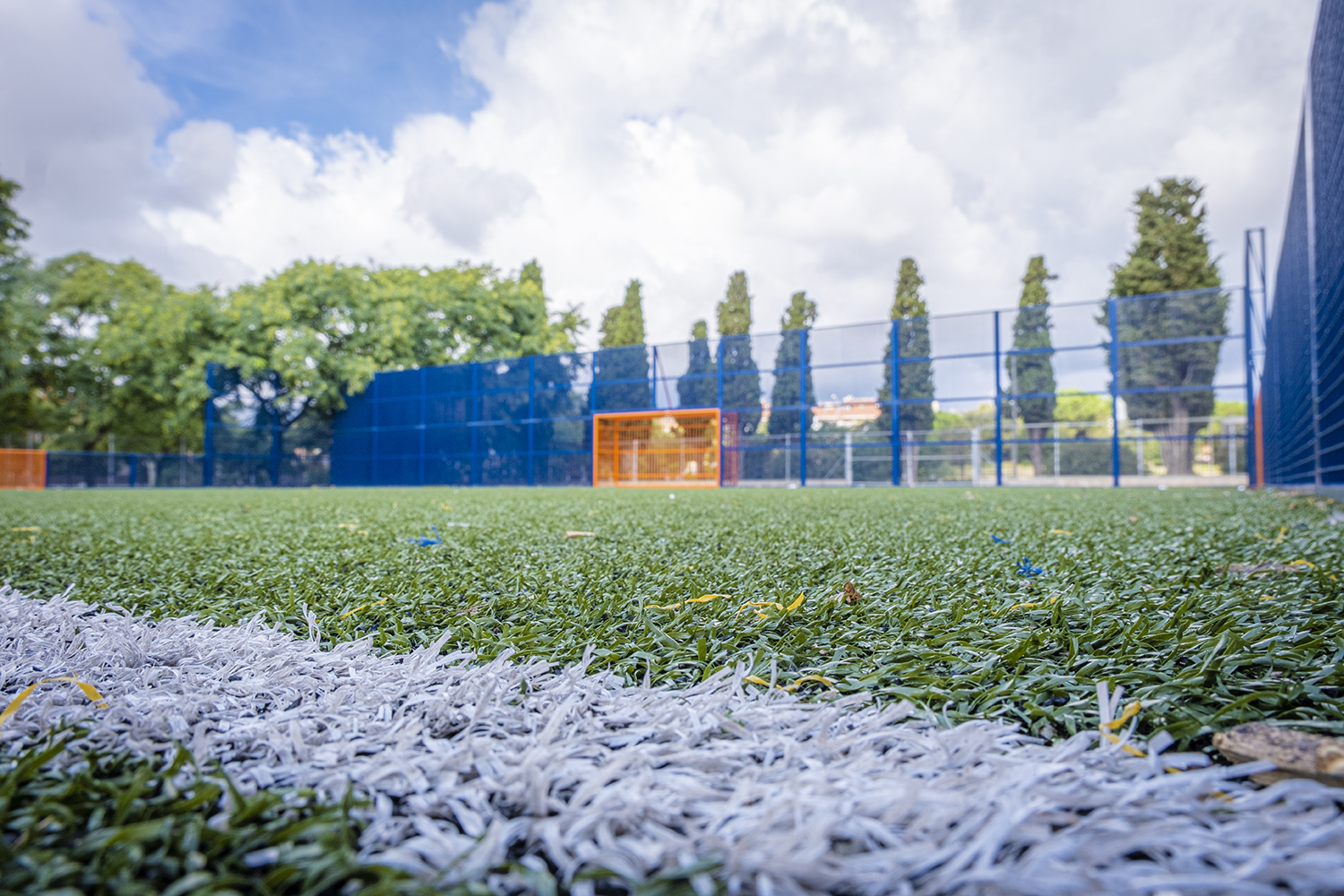Football artificial grass has revolutionized the game, offering a high-performance surface that mimics natural turf while providing unmatched durability. Whether for professional stadiums, training facilities, or backyard pitches, synthetic turf ensures consistent playability in all weather conditions. In this guide, we’ll explore the benefits, technology, and maintenance of football artificial grass.
Why Choose Artificial Grass for Football?
All-Weather Playability
Unlike natural grass, which turns muddy in rain or wears out in drought, artificial turf remains playable year-round. Its advanced drainage systems prevent waterlogging, ensuring a safe and stable surface.
Low Maintenance, High Durability
Natural grass requires constant mowing, watering, and fertilizing. Artificial turf eliminates these costs, needing only occasional brushing and rinsing to maintain its quality.
Consistent Performance
Synthetic turf provides even ball roll and reliable traction, reducing injuries caused by uneven surfaces. Modern systems also include shock-absorbing layers for player safety.
- Innovations in Football Turf Technology
- Multi-Layer Construction
- Quality Artificial turf includes:
- High-quality football turf features a multi-layer system
- Durable synthetic fibers for realistic ball response
- Elastic underlay for shock absorption
- COOLING AND ENVIRONMENTAL FRIENDLY OPTIONS
Some artificial turfs are manufactured with technologies that reduce surface temperature. Models using recycled materials are also available.
Maintenance Tips for Long-Lasting Turf
- Brush regularly to keep fibers upright
- Remove debris and leaves to prevent clogging
- Rinse occasionally to remove dust and maintain freshness
Football artificial grass is the future of the sport, combining performance, durability, and sustainability. Whether for professional or recreational use, synthetic turf ensures a perfect playing surface every time.

